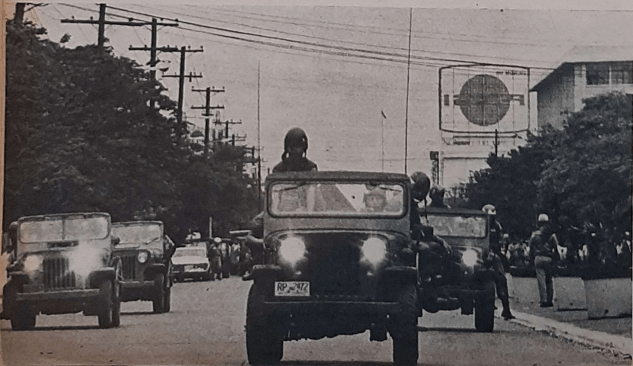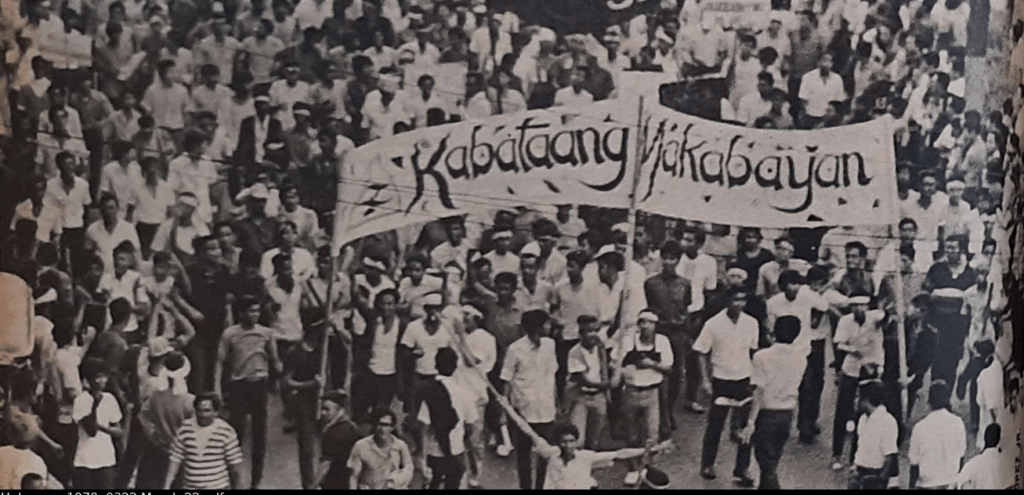An eruption of protests and violence — molotov cocktails and gunfire — in the streets of Manila, launched the heady, charged days of January to March 1970. The paroxysm that opened the decade came to be known as the First Quarter Storm (FQS), a period which began on January 26 as Marcos delivered his State of the Nation address and which ended in late March as final exams commenced, the semester drew to a close, and students returned to their homes for the summer.

The events of the FQS, the explosion of protests and their eventual dispersal, marked a turning point in Philippine history. Marcos prepared the apparatus of military dictatorship; the ruling class opposition plotted assassinations and coups d’etat, angling to secure the reins of martial law for themselves.
The defense of democratic rights required the emerging mass movement presaged by the FQS to find its interests expressed in a political program independent from all of the rival factions of the elite and their headlong rush to dictatorship. The recently founded Communist Party of the Philippines (CPP) and its allied organizations, particularly its youth wing, the Kabataang Makabayan (KM), directed the anger of the FQS away from such a program.

They claimed repeatedly that state repression would increase mass resistance and that the rise of ‘fascism’ would bring about revolution. In the name of the program of national democracy, they tied the restless energy of the storm to the political interests of the elite opposition to Marcos, claiming that it represented a progressive section of the ‘national bourgeoisie.’

The concentrated social outrage of the storm was diffused and dispersed by its leaders. It cropped up again and again, insistently seeking an independent way forward, but it was stymied at every turn. A little more than a year and half later, Marcos imposed his dictatorship.
What follows is a five part examination of the history of the First Quarter Storm based on contemporary accounts and the printed material produced by all of the competing political tendencies.
Part 1. Prelude
The build up to an explosion and political themes of the storm
Part 2. January 26: ‘On the trembling edge of revolution’
Marcos’ State of the Nation, social protest, and the unleashed violence of the Metrocom.
Part 3. January 30: The Battle of Mendiola
The nightlong battle, fought with molotov cocktails and gunfire, for control of Mendiola.
Part 4. The People’s Congresses of February
Mass social outrage began to take organized political form, repeatedly gathering en masse at Plaza Miranda.
Part 5. People’s Marches and the end of the FQS
Prevented from gathering in Miranda, the mass dissent turned to marches, but by the end of its third month, with no clear political goal, the storm blew itself out.

